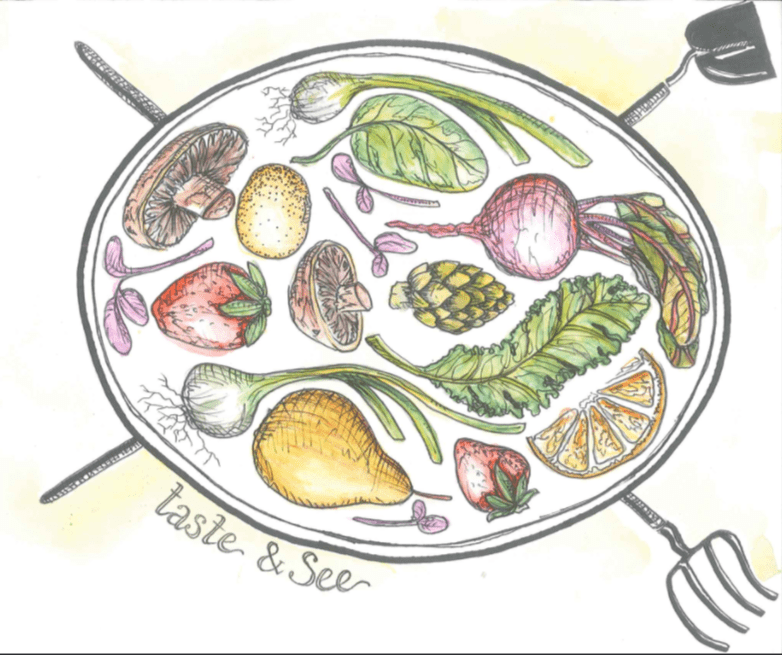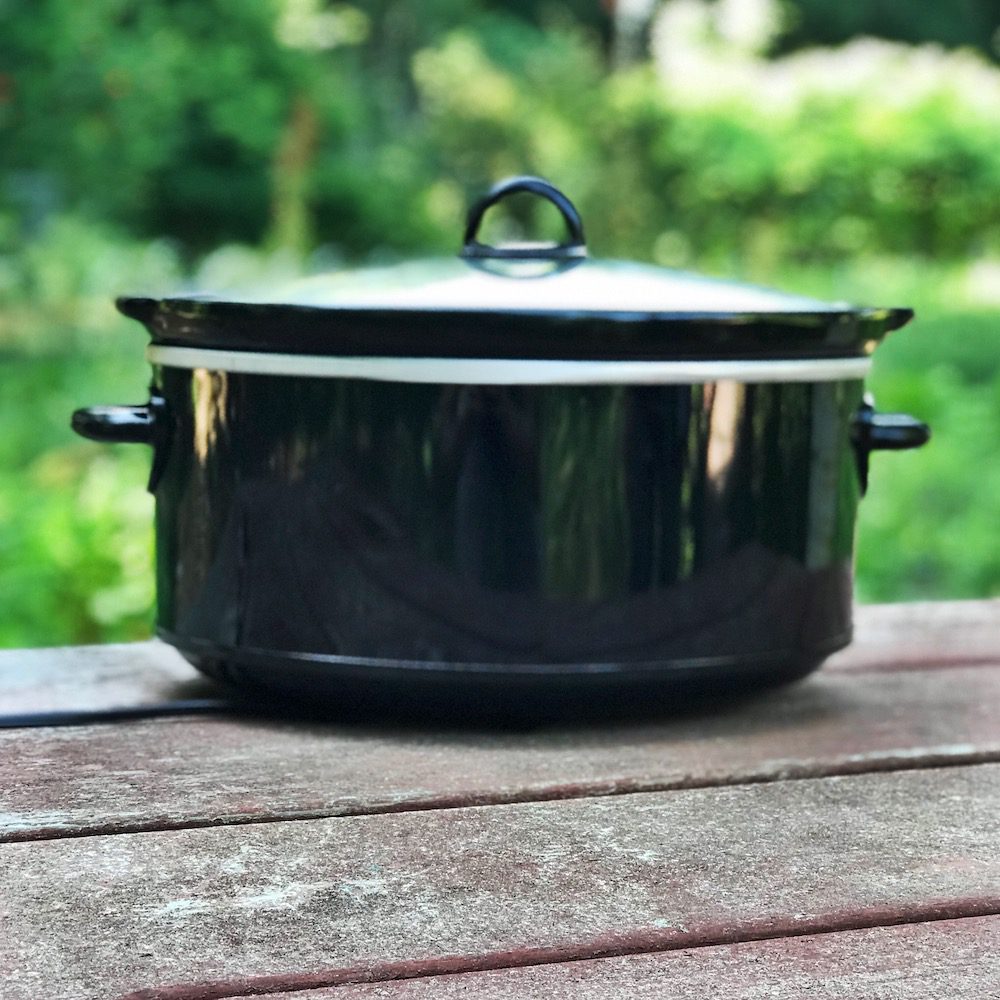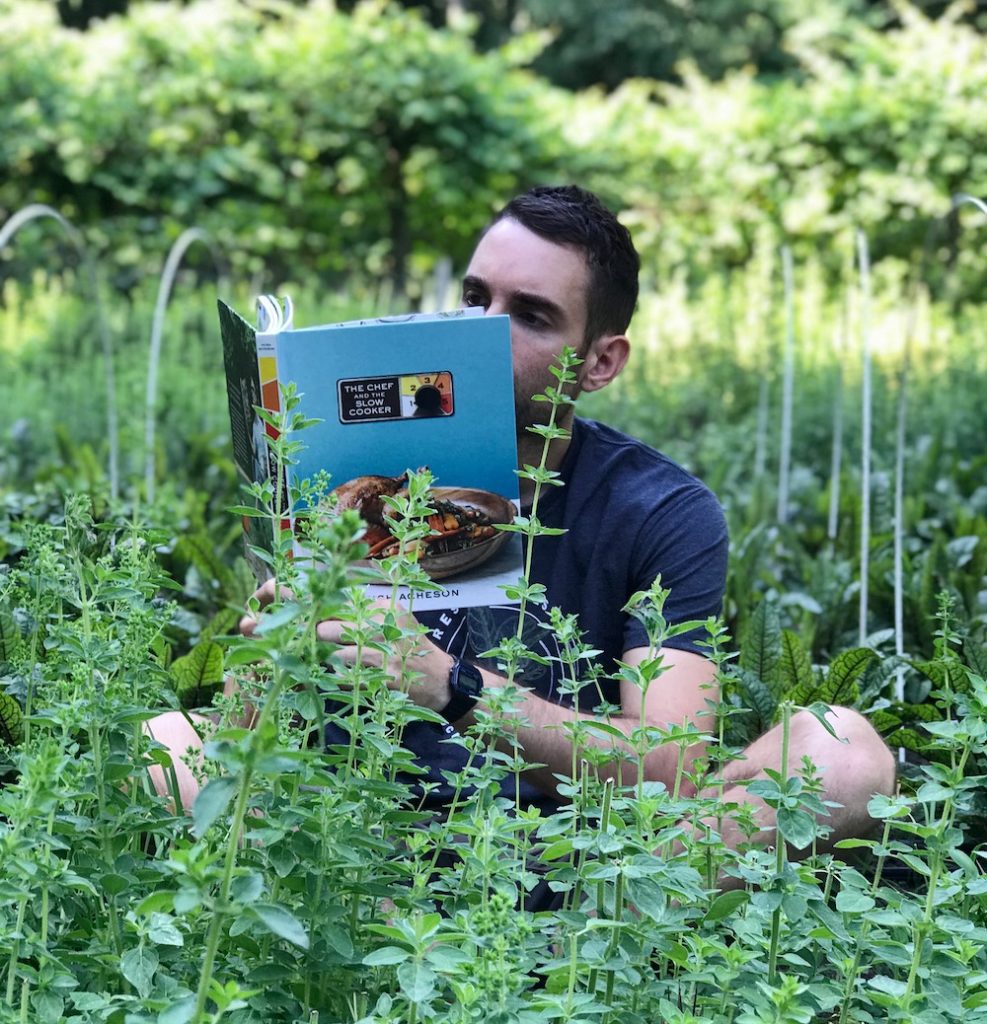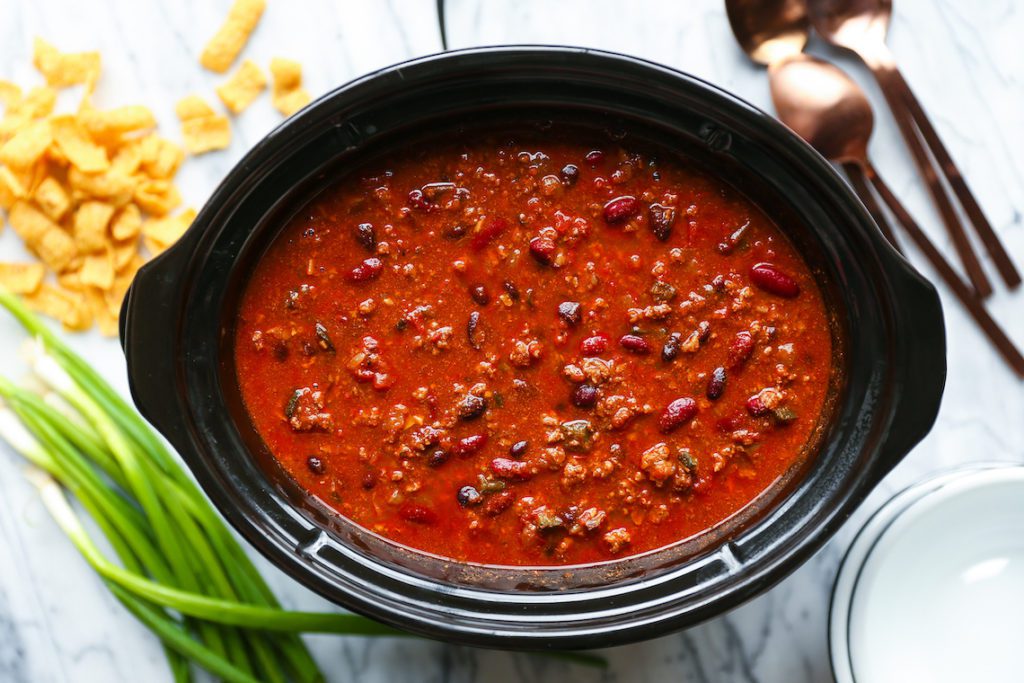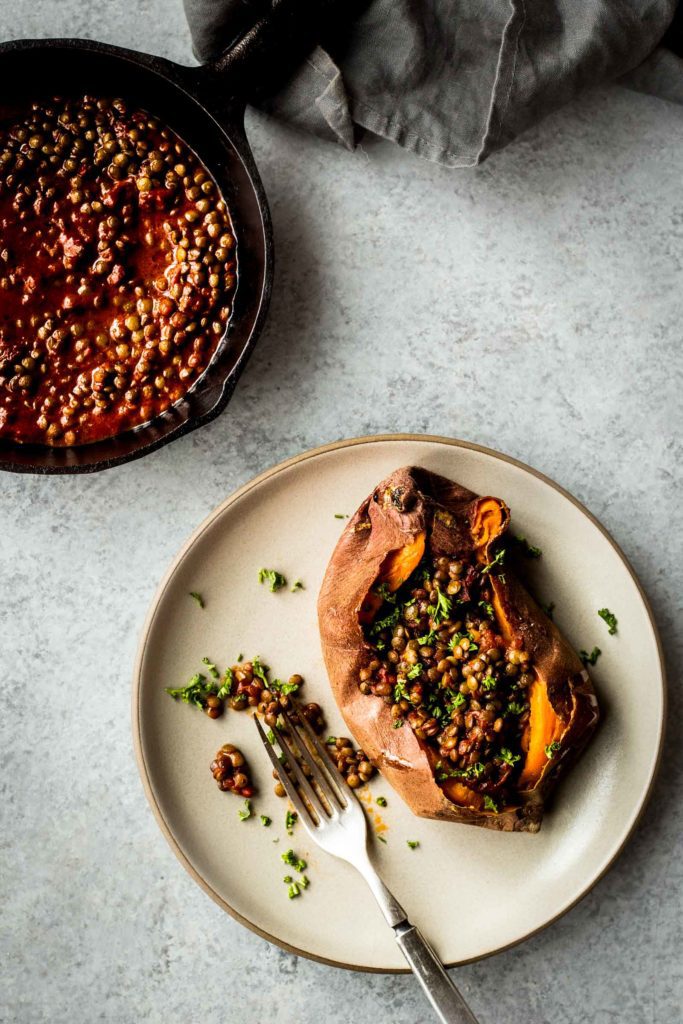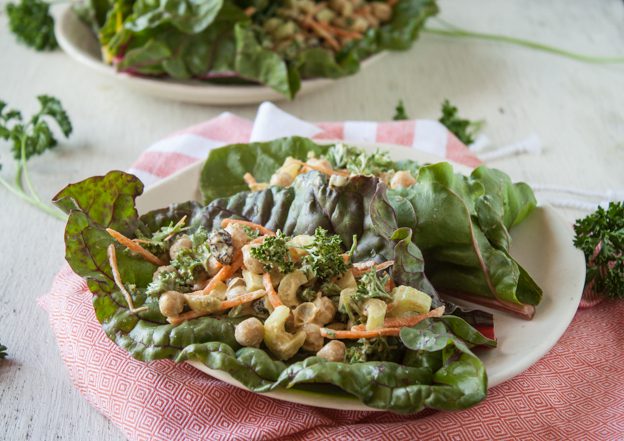You might be wondering why we’d tout the slow cooker as an effective way to use more produce and reduce waste. After all, it is pretty slow. Ironically, the disproportionate amount of passive cooking time is what makes it such a helpful tool! With this useful kitchen implement, there’s very little culinary attention required once the ingredients go into the pot. Slow cookers simplify the process of cooking while advancing the flavors and textures of the food. At the same time, we, like this slow cooking instrument, often find more gratifying results when we remove the pressure of time.
For me, the slow cooker represents a more relaxed form of cooking that welcomes the presence of others into my life. As a social person, I love to invite friends and family to experience food with me. But the process of putting together multiple elements of a meal using high heat and time sensitive applications hasn’t always been a great match for my culinary skill-set, leaving me in a state of discouragement. Far from relaxed, I find myself running around constantly worrying about this pan or that, often boiling over in a panicked fluster from the stress and time constraints. For someone like me, this style of cooking only allows enough room for strained and distracted interactions. Not to mention the all too familiar sound of the screeching fire alarm and smell of burnt potatoes.
Thankfully, that all changed with the slow cooker. This tool totally reinvigorated my desire to cook for others, and led me to start a weekly series cooking through Chef Hugh Acheson’s (Empire State South, 5 & 10, The National) The Chef and the Slow Cooker. Every Thursday evening, a different friend joins me in sharing a meal curated from this easy to follow and drily humored book. Watching my friends dish out fall-off-the-bone ribs, sweet collard greens, or a spicy seafood jambalaya that’s been cooking since I left for work is incredibly satisfying, especially given the minimal effort required. Not to mention my house is constantly bathed in the amazing smell of slowly cooking food.
Practically speaking, cooking times and heat levels vary depending on the recipe, but the general rule is low and slow. Judging by the two heat settings on my cooker, this isn’t a complicated matter. With many dishes, it’s as simple as dumping all your ingredients into the pot, turning the switch to low, and heading off to work (or bringing the cooker to the office as is fairly common around Fresh Harvest). But for those recipes that require a little more interaction, a small amount of planning is often necessary. For instance, I’ve had to set aside a little time after work to poach cod, an activity that requires a few minutes of prep and less than an hour of cook-time, but ought to be done immediately before serving.
There are many types of slow cookers on the market, from the high-tech sort with digital programmable heat timers to the single knobbed variety used by your Great Grandma Josephine. But don’t let yourself be intimidated, there are only a few items to consider that actually matter when buying one for yourself. First, choose a size that fits what you like to cook most often. For instance, if you want to prepare whole chickens, you should probably avoid pots smaller than four quarts. If you just want to make bone broth, a small pot should suffice. Additionally, look for a glass topped slow cooker that has a sturdy and removable ceramic pot that will absorb heat evenly. Whether you go with the most known brand name, Crockpot, or any other supplier, just follow these few rules and you’ll be a happy camper.
Using a slow cooker takes the pressure out of the kitchen and allows for space and time to enjoy a delicious meal with those who are most important to you. Simply put, if the experience and results are enjoyable, then cooking will become a more regular part of our lives. It can be argued that this is something we all need more of: to slow down, enjoy the people around us and let the pot do the cooking.
